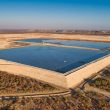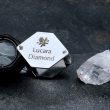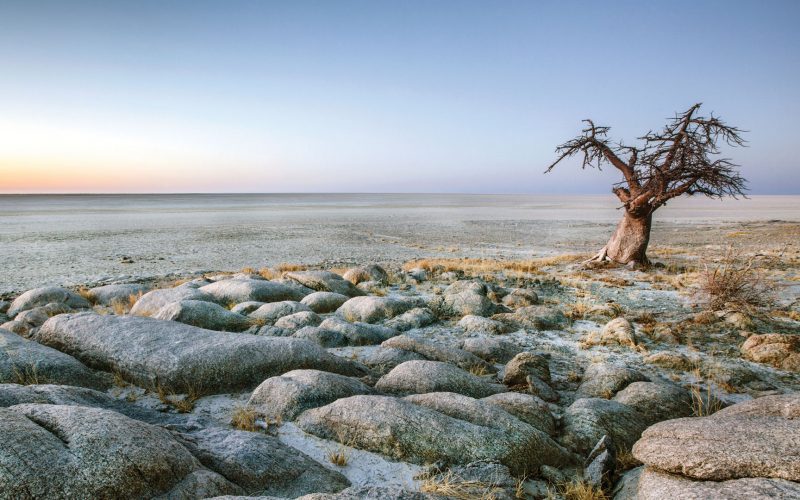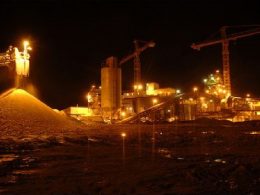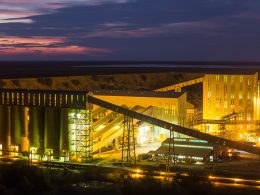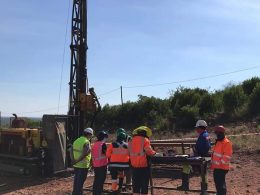One of Botswana ‘s historic sites Makgadikgadi pans known globally as the original birthplace of mankind could be siting onthe the future of the very same mankind.
Following years of industrial revolution and civilisation, the world is left with very little choice but to accelerate transition to clean energy. This shift is now even emphasised more than ever as the effects of climate change are there for everyone to see : global warming, heavy floods, odd rainy seasons, unprecedented draught levels and high temperatures, the likes of the world has never seen before.
One of the leading sponsors of ozone layer depletion is fuel powered vehicles. The fuel comes about from massive crude oil refineries that have catastrophic effects to the atmosphere and terrible consequences of climate change.
Petroleum refineries are a major source of hazardous and toxic air pollutants such as BTEX compounds (benzene, toluene, ethylbenzene, and xylene).
To reduce this, the world is shifting to renewable energy,clean energy that has very little contribution to pollution and atmospheric damage.
The era of electric vehicles has arrived , with traditional car makers already launching new wheels that are fired up by just connecting electric charger.
This innovation will require massive storage batteries to store and preserve power. The primary mineral element in this critical component is lithium and Botswana could be sitting on it at Makgadikgadi, the cradle of humankind.
According to Minister of Mineral Resources, Green Technology & Energy Security Lefoko Maxwell Moagi massive prospecting is already underway.
Around 50 companies are scouting around the area that spans from Sowa to the edge of Boteti, looking for energy minerals amongst them lithium.
Minister Moagi revealed in a televised press briefing recently revealing that aside lithium the prospectors are also looking for mineral elements such as sandstone and limestone, industrial minerals amongst others.
According to available literature as narrated by top geological consultant Tshepo Jankie of Jankie Consult, recent exploration for Lithium and associated minerals in Botswana has been concentrated on two areas, the Makgadikgadi Salt Pans and the Limpopo Mobile Belt (LMB).
Inthe Makgadikgadi Salt Pans – situated in the middle of the dry savanna of North East Botswana, the pans form one of the largest salt flats in the world.
The pans are all that remains of the formerly enormous Lake Makgadikgadi, which once covered an area larger than Switzerland, but dried up several thousand years ago.
Limpopo Mobile Belt (LMB) – also found in neighboring South Africa and Zimbabwe, the E-NE running LMB joins the Kaapvaal craton to the south with the Zimbabwe craton to the north.
The belt is of high-grade metamorphic rocks that have undergone a long cycle of metamorphism and deformation that ended 2.0 billion years ago, after the stabilization of the adjacent massifs. The belt comprises 3 components: the Central Zone, the North Marginal Zone, and the South Marginal Zone.
In 2016, Botswana Metals Ltd (now Six Sigma Metals) noted in their exploration update that the LMB potential for Li-Cs-Ta pegmatite mineralization is similar in style to major lithium deposits in Zimbabwe, Namibia, and Mozambique.
The projected growth of the Electric Vehicle (EV) industry has spurred huge interest in the production of the major components of EV lithium-ion battery packs, namely lithium, cobalt, nickel, and graphite.
Currently, 35–39% of global lithium production is used for lithium-ion batteries (LIBs). The LIB market is estimated to grow to $ 180 billion by 2024 and require at least 66% of all lithium produced.
Most major vehicle companies are actively pursuing the development and production of EVs using LIBs.

